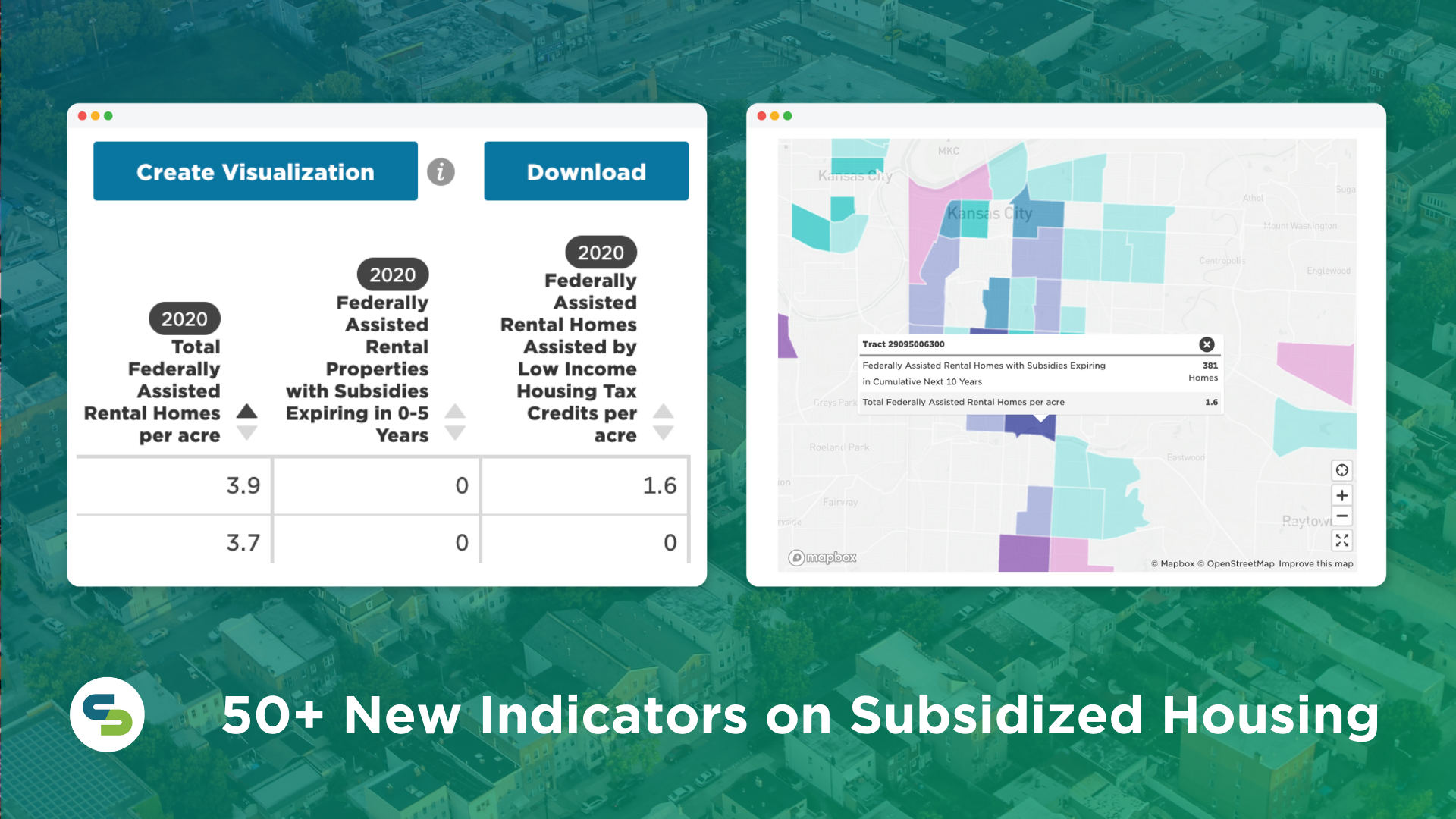Generating Affordable Housing Insights for the State of Nebraska
The Ask
When the Nebraska Investment Finance Authority (NIFA) approached our team, they were at a crossroads. Data tables living on the website were freely available for nonprofit housing organizations, developers and local community stakeholders to sift through, but the clunky numbers and rows of information provided little help, except for experienced data scientists.
NIFA needed a better way to share data that saved time, informed stakeholders and helped them make better decisions regarding affordable housing in communities all over Nebraska. Nonprofit agencies wanted to know where housing gaps existed throughout the state; developers were interested in opportunities for affordable housing projects. NIFA also wanted to tell the stories of rural communities and larger cities, like Omaha, in an equitable way, backed by data.
There was another challenge — the data itself. In a table format, it was often unclear whether data for specific communities was part of a Qualified Census Tract (QCT) or an Opportunity Zone. This problem made it difficult for developers and nonprofit housing agencies to understand where opportunities for affordable housing development existed and what housing gaps truly looked like in different regions of Nebraska.
NIFA wanted to offer their partners and stakeholders access to a tool that allowed them to sift through rich layers of complex community data for Nebraska in a visually pleasing way. It needed to speak to community leaders, nonprofit housing agencies, affordable housing developers and state-level associations in a simple, yet meaningful format, while keeping the user experience clean and easy.
At mySidewalk, we’re on a mission to democratize data and make information about where we live, work and play accessible to everyone. Despite NIFA’s tall order, we delivered a beautiful housing insights generator that went above and beyond our shared expectations.
The Why
NIFA’s goal is to supply affordable housing to individuals throughout Nebraska using data, technology and other resources. The housing insights generator that we created together includes insights about individual Nebraska communities and the state as a whole. By adding Qualified Census Tract and Opportunity Zone overlays, stakeholders can easily find housing gaps and spot trends in the data.
Using data indicators such as life expectancy, healthy outcomes and school district quality helps users better understand the quality of life in a particular community or area of Nebraska. The generator can also be used by developers who are assessing an opportunity zone for an affordable housing project.
“The team is excited to get this market data out there,” says Susan Pulec, a data analyst at NIFA. “We’re so thrilled!”
How to Use
The mySidewalk Press Generator is the only tool of its kind. It gives users the opportunity to create a data story for their desired geography, no data science background necessary. Anyone in a community can use the Press Generator without needing to be a data expert, which means instead of our customers creating one story about one location, they can enable leaders and residents to create hundreds of stories about many communities themselves.
For NIFA, the housing insights generator allows users to get extremely granular with geography levels, such as Qualified Census Tract (QCT) or Opportunity Zone. This allows developers to quickly discover opportunities for affordable housing projects in Nebraska, while nonprofit agencies can uncover housing gaps within the state and find ways to close them. With the generator, NIFA and its partners can spend more time sharing the stories of affordable housing in Nebraska through the lens of four different reports.
On the dashboard home screen, users are able to choose from four report options: Demographics, Economy, Housing and Quality of Life. After selecting a report, users can choose the level of geography that they’d like to review, such as “County,” “Census Designated Place” or “Census Tract.” If a user chooses the “Census Tract” geography level, they can select from two additional overlays: Opportunity Zone or Qualified Census Tract. These federal designations are helpful to understand the larger picture of what’s going on in a particular community.
Above: A sample Demographics report for Kearney, Nebraska.
Above: A sample Housing report for Kearney, Nebraska.
Once a user selects a report option and community, a custom report is sent to their inbox in minutes. With so many communities across the state, the custom report combinations are practically endless.
NIFA has seen an increase in requests for vacancy rates, cost burden, and affordability from nonprofit agencies that are trying to tell stories of need for their services. Nonprofit organizations are also using NIFA’s housing insights generator to answer questions like, “How many renters are in need?” and, “How many renters are facing foreclosure?”
The Demographics report provides value for understanding the health of communities, especially in rural areas of Nebraska. It’s helping stakeholders to get a better snapshot of a particular community and how to best serve residents living there. These are just a handful of examples that show how users can leverage data in their reports to create positive change in their communities.
Learn more about
Share this
You May Also Like
These Related Stories

Seeing 20/20: How Indiana Makes Clear Investments into Affordable Housing

Locate Your Community's Affordable Housing with Data from the NHPD



No Comments Yet
Let us know what you think